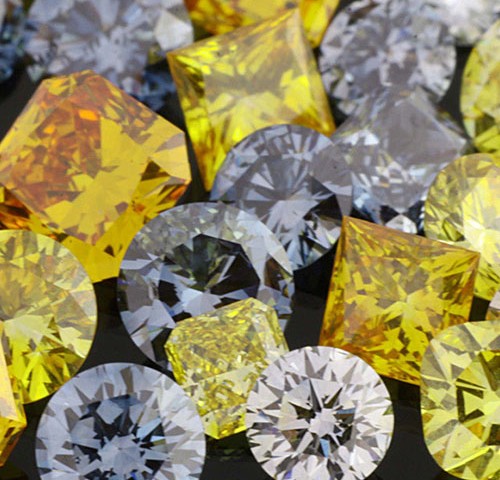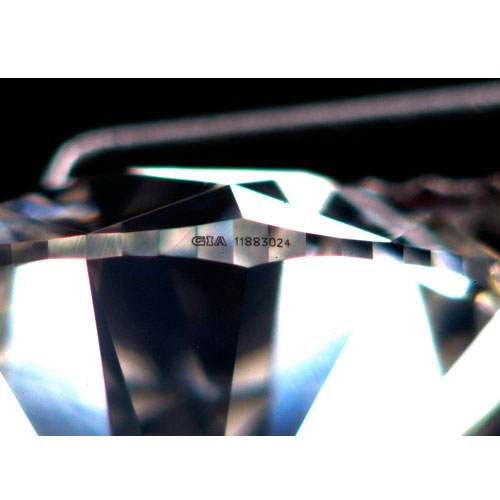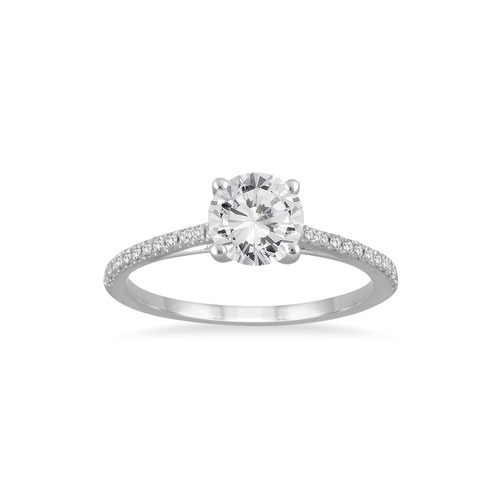
Why Should You Get Your Jewelry Professionally Cleaned?
March 9, 2016It’s the Holiday season once again and that means a lot of money changing hands. Whether the choice is electronics, clothing, housewares or whatever, this is the time of year when credit cards really get a workout.
To further define the business, there will be much ado about jewelry. This time of year will see the same person who spends $50 on flowers for Valentine’s Day easily spend $3000+ on a fine piece of jewelry now. This year, that idea gets put slightly askew because this will be the first time on a massive scale that the average Joe (or Jane) will be exposed to Synthetic Diamonds.
Years ago there was a great wailing over simulants (CZ, Moissanite, etc.) Many scams were designed around these, as they can appear to be diamonds but are not; someone knowledgeable could discern the difference. The Synthetic diamonds are diamonds-they are physically and optically the same. (Occasionally, one may notice a “bread-crumb” like inclusion that can definitely end the debate.) With many stones, either their internal flaws (“inclusions”) and/or a chemical cooked into a gem’s “recipe” would indicate the source. No more.
Why is this an issue? Three reasons:
1) Many recipients of Diamond jewelry will ask for a “mined” stone . . . One that came out of the ground and formed over millions of years instead of days in a laboratory.
2) The source of a stone is sometimes a concern, but deception always is. Many retailers have been selling Synthetics for years without knowing. The small diamonds in a ring (called “melee” for anything under 1/5 carat in weight) are outsourced to many suppliers who may have been selling Synthetics as mined diamonds for years. As long as this is divulged to the consumer, it’s fine. However, knowingly selling a myth is outright fraud.
3) Perhaps most importantly, the overall cost is a factor. Synthetic Diamonds (as of this writing in November 2015) normally sell for 20 – 30% less than their “mined” counterparts. This is one of the biggest issues for this industry ever. The only way to tell for certain if a Diamond is from the ground or the lab is to send it to a trusted Gem Lab, such as the Gemological Institute of America, or GIA. The mechanics of this situation forbid the average appraiser to financially have the instruments or equipment to viably make the correct call. One cannot and should not fault the sales associates who sell this as most won’t have the backgrounds necessary to tell the difference. The labs and companies that sell Synthetic Diamonds are intelligent people simply using their knowledge of science; they also cannot be bearers of blame.
I am often asked: Will Diamond prices always go up? My answer has constantly been a “Yes”, followed by some joke about the fact that, “If they don’t we (jewelry industry denizens) won’t be here!” Now, no one knows what will happen in the future.




